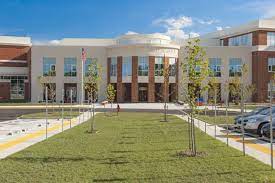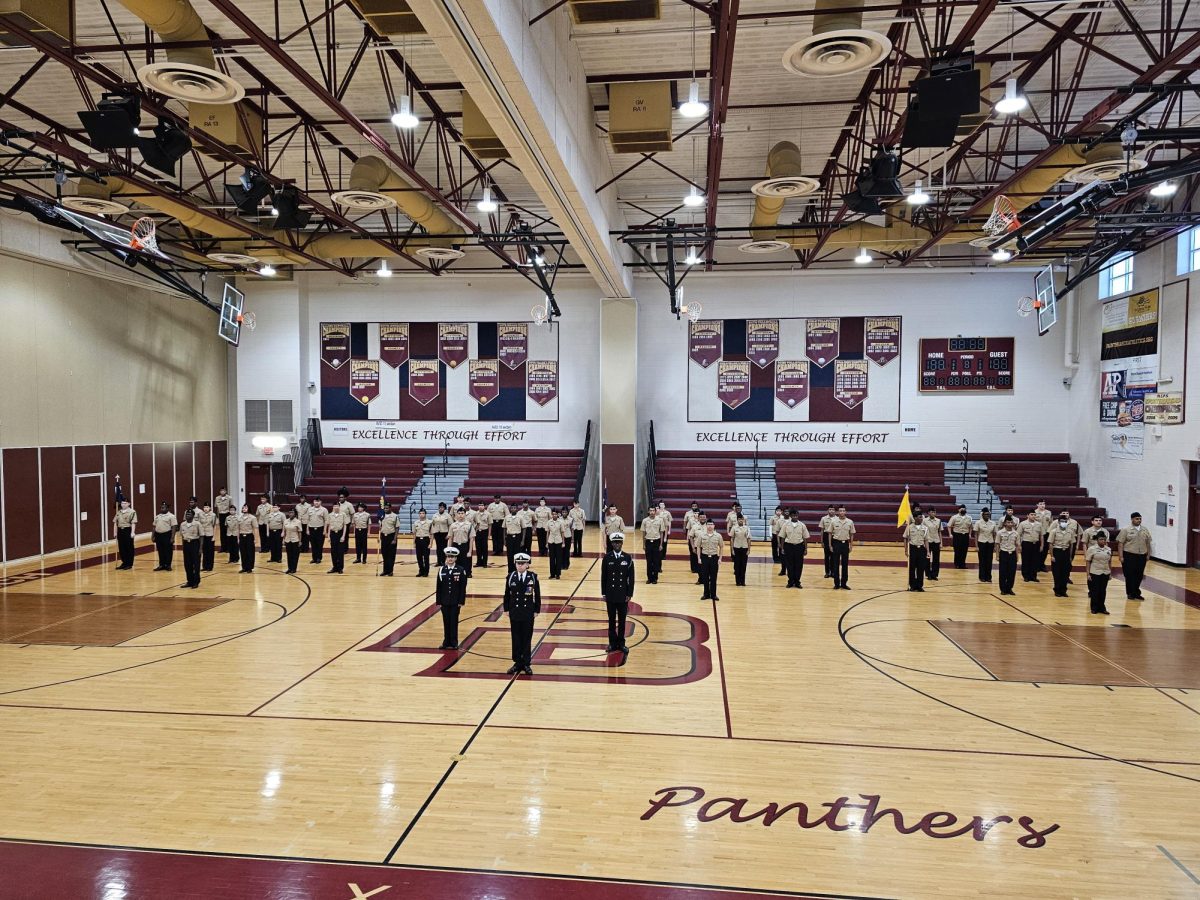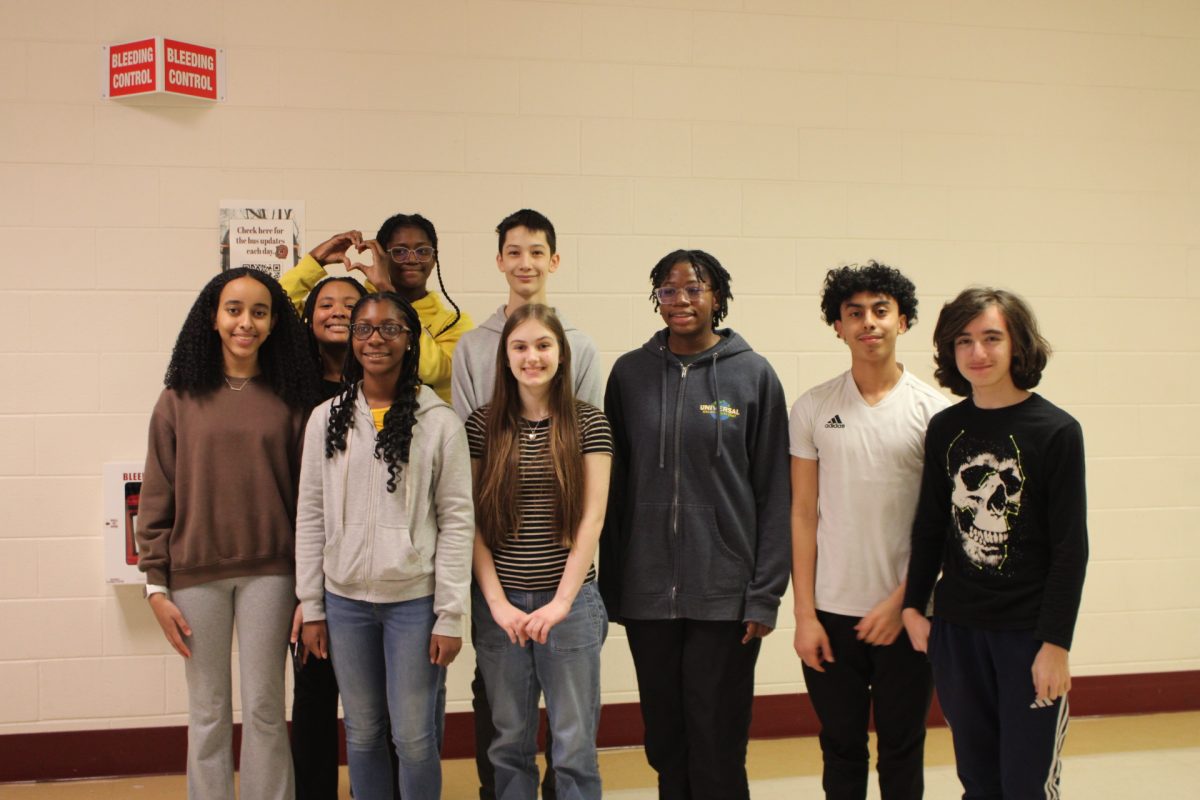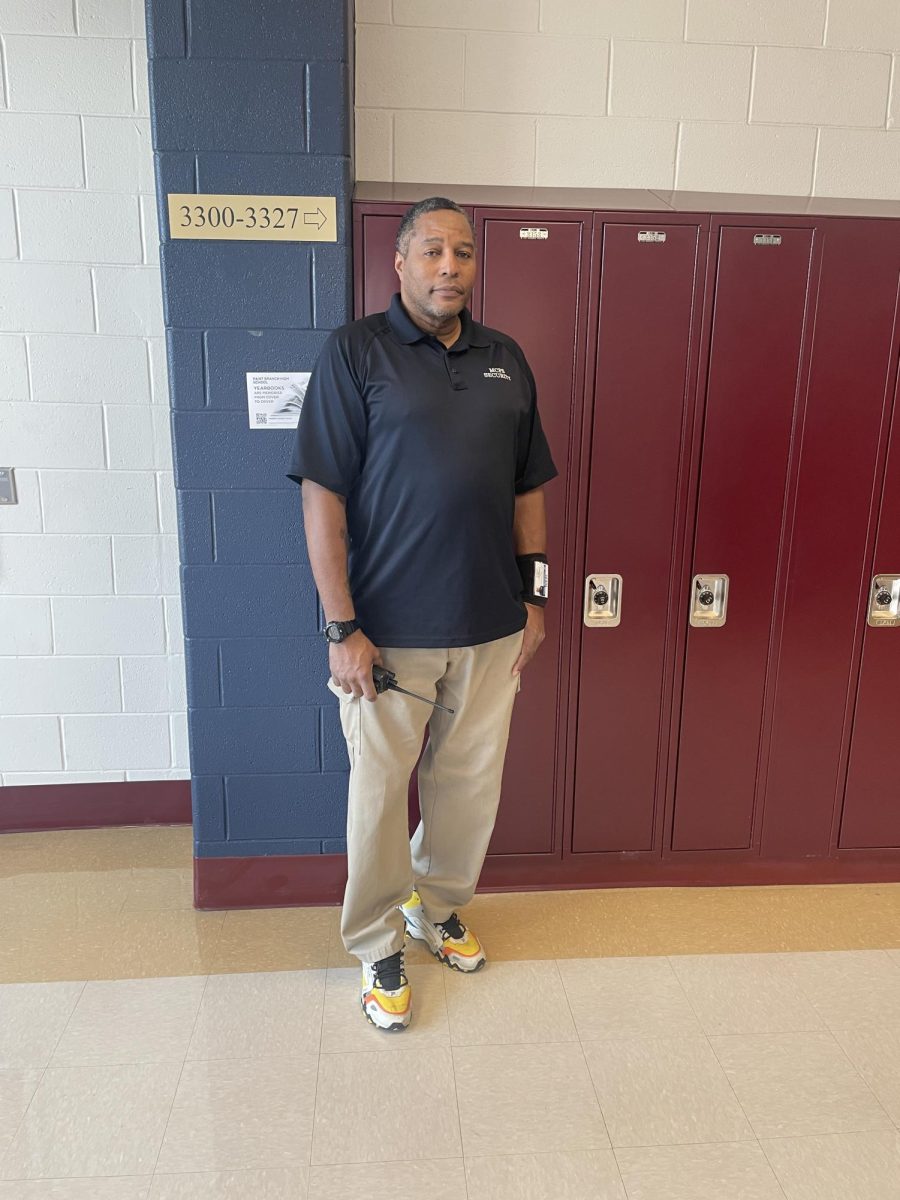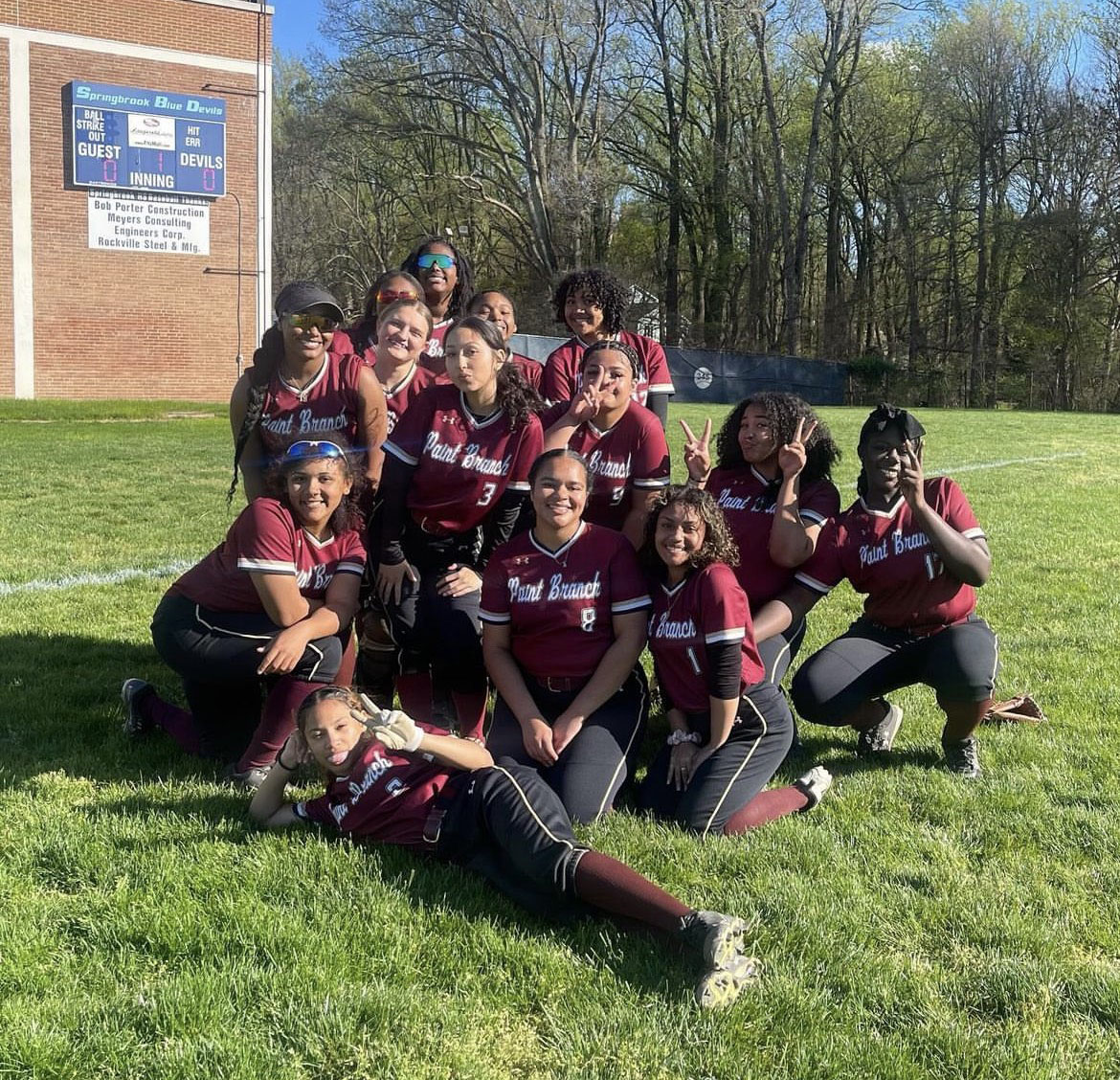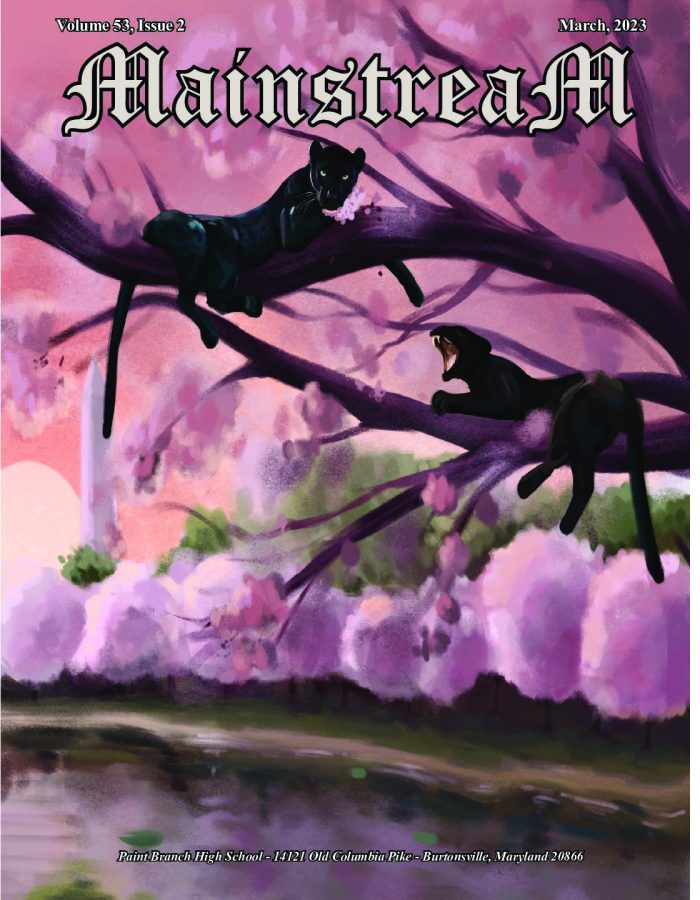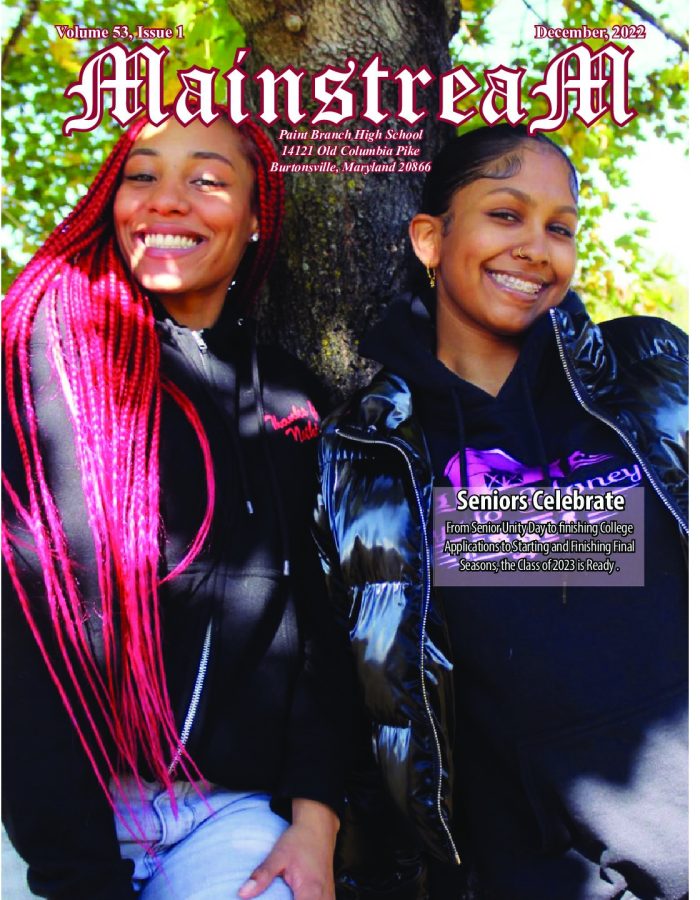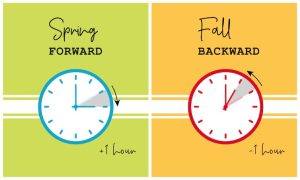Some Change: Midterm Election Cycle Sends a Message to the Nation
January 2, 2019
While midterms elections are important, they are oftentimes ignored as they don’t come with the publicity, large sums of money and media attention that presidential election years bring. However, this was not the case for the 2018 midterms.
This can largely be credited to the results of the 2016 presidential election. Whether it was Democrats who disapprove of President Trump coming out in droves to vote, or his Republican supporters coming out in MAGA hats to reinforce their beliefs, voters were riled up. Pundits who followed the midterms, like NBC’s Chuck Todd, Mark Murray and Carrie Dann, called this election a referendum of Trump.
Voters were not the only ones who were especially invested in this election as both the Democratic and Republican parties pushed especially hard for their candidates. This push translated to dollars, as 2018 became the most expensive congressional election cycle according to The Center for Responsive Politics. Overall, a total of over five million dollars was spent on the election cycle, which was one million more than the 2016 record with adjustments being made for inflation.
Media coverage of the election was also at an all-time high with news networks wanting to give people what they want: constant political coverage. CNN Washington Bureau Chief Sam Feist said, “in my 25 years of election coverage at CNN, we have never seen interest in a midterm election in the way we are seeing it this year.” He went on to say, “we see that interest in elevated television ratings when we cover political stories; we see it in our web traffic.”
Increased voter interest led to more media coverage and more media coverage led to more voter interest, which translated into yet another push for people to become interested and stay interested in the election.
All of this added up to record-breaking voter turnout on election night. The United States Election Project estimated that 47% of eligible voters cast a ballot in this election, while only 36.7% did so in the 2014 midterms, and 41% did in the 2010 midterms. The increased turnout should not only be credited to the media, though, as there were many organizations, both partisan and nonpartisan working to mobilize voters.
Groups such as When We All Vote, March For Our Lives and Let America Vote were active in this election. These organizations flooded social media with voter registration deadlines, poll locations, and reminders to go out and vote from notable celebrities like Taylor Swift and Lebron James.
All of this coverage and encouragement to vote came to a head on November 6th. News networks such as CNN, NBC and FOX broadcast live coverage of the results as Democrats and Republicans alike watched the results stream in. Even before the results came in, there was the expectation by both Democrats and Republicans of large scale changes in power in both Congress and state and local offices. The expectation was coined by many as the “blue wave.”
Now that the dust has settled it seems fairly obvious that the “blue wave” did not happen. While Democrats were able to secure a majority in the House of Representatives, they failed to gain a majority in the Senate and dropped several key state elections. This means that there’s a high likelihood of gridlock occurring when Congress is back in session this January, which may be similar to 2010’s Congress, which had a difficult time passing meaningful legislation.
While the congressional split will likely cause gridlock, it could also bring a balance that has been lacking over the past two years. Having a Democratic house can balance out the Republican-dominated Senate and White House, which could very likely lead to an influx of new ideas and, more importantly, a check on the legislative branch that has been missing.
Either way, this shift in power will bring about change in the structure of the government. This new divide means that the future of Republican tax cuts and changes to The Affordable Care Act are even more unsure than they previously were.

